Since this procedure enhances the beauty of the eyes, many international patients visit Korean plastic surgery clinics — even when their ptosis is not as severe as the case above.
The Truth About Ptosis Correction in Korea: Surgical Challenges with Real Cases
2025-07-13
This article help you better understand what ptosis correction surgery really does.
If double eyelid surgery creates a visible crease, ptosis correction (or eyelid ptosis surgery) enlarges the eye by lifting the upper eyelid. It’s especially effective for those with droopy eyelids or who appear sleepy due to excess upper lid skin or weak eye-opening muscles.
Understanding Ptosis: Causes and Symptoms
Ptosis, often referred to as drooping eyelids, is a condition where the upper eyelid sags lower than normal, sometimes covering part of the eye and leading to both impaired vision and aesthetic concerns.
The causes of ptosis are varied.
- Some people are born with it—this is known as congenital ptosis.
In these cases, the muscles responsible for lifting the eyelid, particularly the levator muscle, may not function properly, resulting in a tired or heavy-eyed appearance.
- While others develop it later in life due to aging, muscle weakness, or underlying medical conditions.
Recognizing the underlying cause and symptoms of ptosis is essential for selecting the most effective treatment options, which may include ptosis correction surgery to restore both function and appearance to the upper eyelid.
Who Needs Ptosis Surgery?
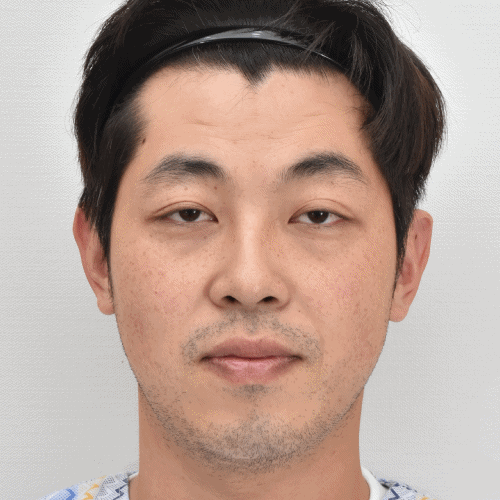
As droopy eyelids gives the eyes a tired or dull appearance, this often described as "sleepy eyes" due to the way the eyelids hang and make you look fatigued.
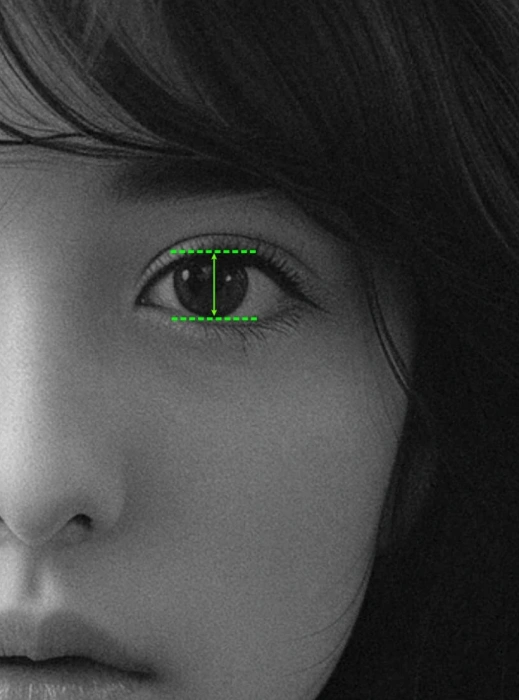
Is It Really Necessary, or Just Business?
Why do Korean plastic surgeons frequently recommend ptosis correction— even when your eyes don’t look that droopy?
Well, there are two main reasons behind this trend:
Reason 1: To Prevent the Eyes From Looking Smaller After Double Eyelid Surgery
It may sound surprising, but double eyelid surgery alone can sometimes make the eyes look smaller, especially in patients over 40.
It’s similar to carrying an empty bag before double eyelid surgery—light and effortless. But after the surgery, it’s like the bag gets heavier.
Your eyelid muscles have to work harder to lift the new fold, which is why ptosis correction may be needed to support that extra effort.
If this muscle isn't addressed, patients may find it harder to open their eyes after double eyelid surgery, leading to a tired or narrower appearance.
To avoid this, surgeons often recommend ptosis correction, which strengthens the eye-opening function and ensures a brighter, more awake look.
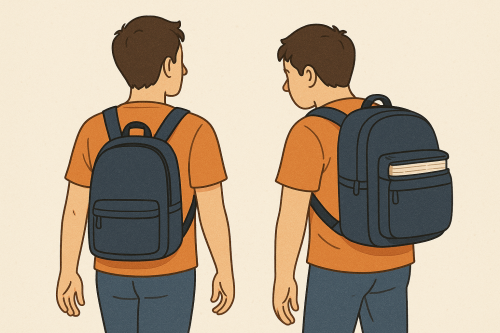
Reason 2: Because Most Patients Want More Than “Average” Results
Think of it this way: if someone undergoes height surgery, they probably aren’t aiming to be “average”—they want to look noticeably taller.
The same goes for cosmetic eye surgery. People don’t get eyelid surgery to look just “okay.” They want to look prettier, sharper, and more defined.
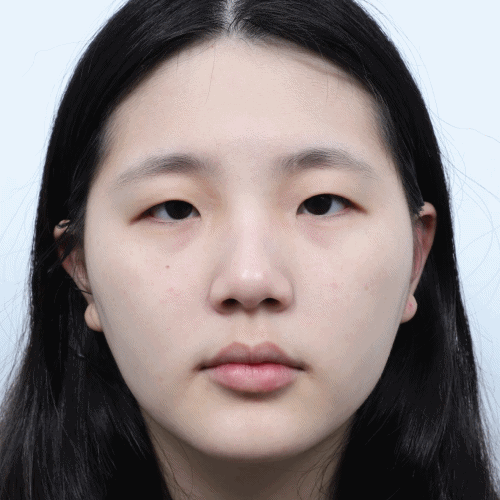

Ptosis correction enhances eye size, shape, and symmetry—whether you're creating a double eyelid or improving an existing one.
It often leads to bigger, more attractive eyes with stronger definition, which is exactly what many patients are hoping for.
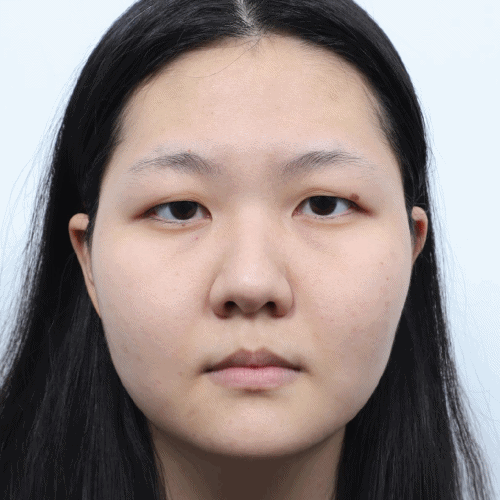
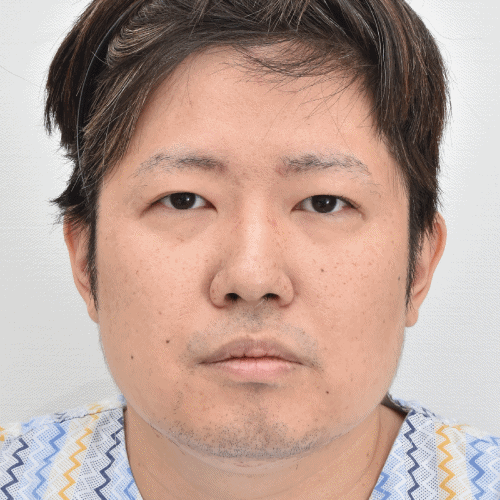
How Ptosis Correction Is Performed
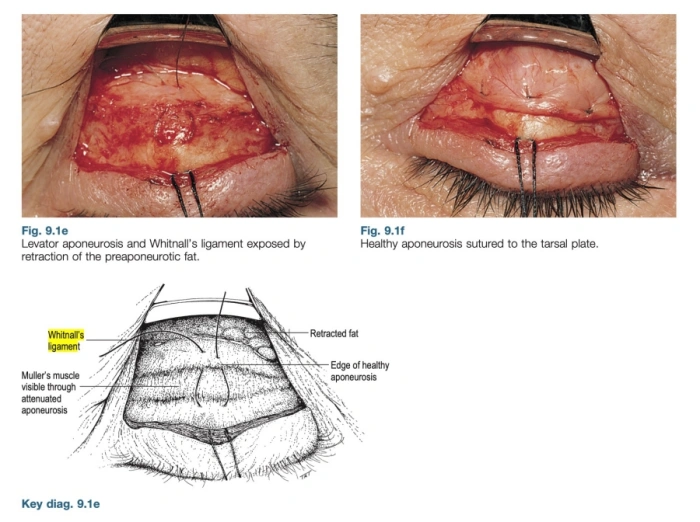
The procedure involves folding or advancing the levator muscle (the muscle responsible for lifting your eyelid), making it easier to open your eyes with less effort. It’s like folding a rubber band to shorten and strengthen it.
Why Intraoperative Evaluation Matters in Ptosis Correction Surgery
One of the most critical steps in ptosis correction surgery is ensuring symmetry by checking how the eyes open and close during the procedure. This process is called intraoperative evaluation, and it plays a major role in determining the final outcome of the surgery.
But here’s the catch — the accuracy of this evaluation depends heavily on two factors: patient cooperation and the skill of the surgical team.
What Can Make Intraoperative Evaluation Difficult?
If the patient is too anxious or nervous to open their eyes properly
If swelling occurs due to local anesthesia injection
If intraoperative bleeding leads swelling
These factors can interfere with a clear assessment, making it difficult to achieve perfect balance during surgery. 😭
Should You Expect Revision Surgery?
While ptosis surgery can often deliver excellent results right after the first operation, patients should be aware that revision may sometimes be necessary for better outcome. It’s not that revision is guaranteed — far from it. But in some cases, the outcome may not meet expectations even after suture removal on day 5 to 7.
That’s why understanding the process of ptosis procedures — including the role of intraoperative evaluation and the possibility of revision — is important for setting realistic expectations and achieving the best aesthetic result.
Real Revision Stories: Fixing Eyelid Asymmetry After Ptosis Surgery
Revision on Day 7
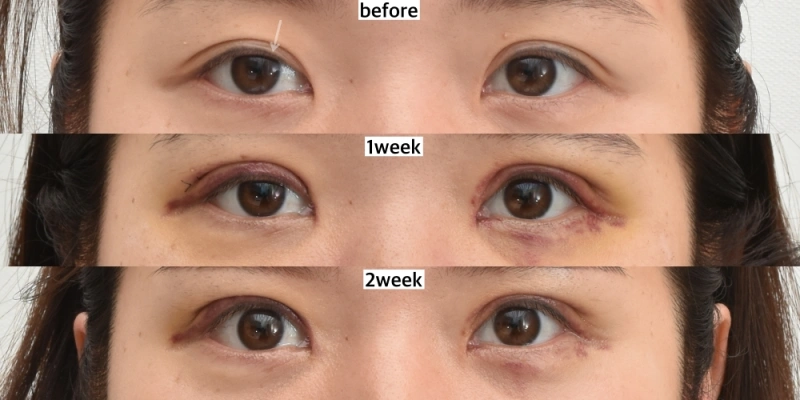
Her main preoperative concern was a very subtle ptosis on the medial side of her right eye (white arrow). Even after 7 days post-op, Dr. Park felt the correction wasn’t fully satisfactory and suggested a revision. The patient kindly agreed, even postponing her return trip to accommodate the procedure.
The successful outcome was not only due to the surgeon’s careful judgment, but also thanks to the patient’s willingness to cooperate in pursuit of the best possible result.
Same-Day Revision
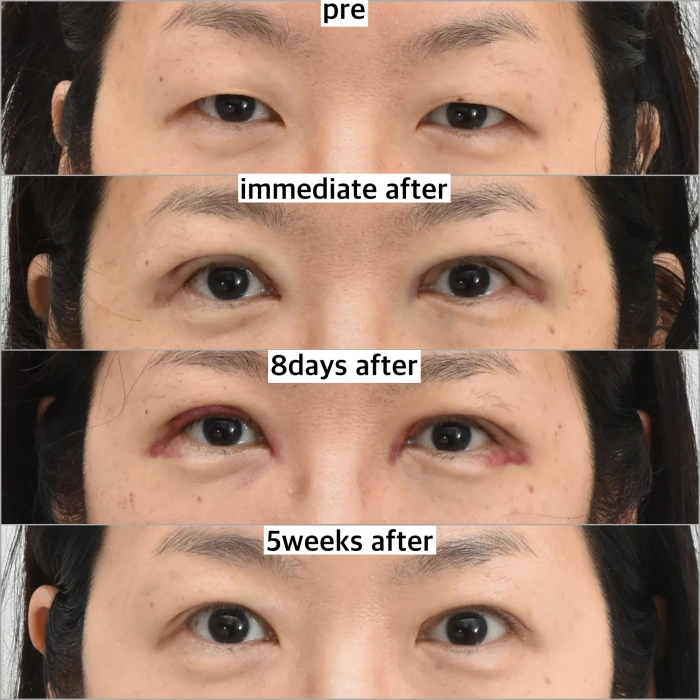
Another patient appeared to have over-correction on the inner side of her left eyelid immediately after surgery.
Ideally, the peak of the eyelid should be slightly lateral to the pupil (green arrow, below picture).

We corrected this before she left the clinic, and balanced the right side accordingly.
Ptosis Surgery Isn’t “Minor”
Some patients are thrilled with their results; others may feel uncertain or disappointed. Ptosis correction is a highly delicate procedure where even small factors—like swelling or tension—can affect the outcome. That’s why choosing a qualified specialist in Korean eyelid surgery is so important.
At Noonopi Plastic Surgery, we’re committed to delivering exceptional care at every step—from personalized consultation to surgical precision, and attentive post-operative support. We believe great results come from both medical expertise and a deep understanding of each patient’s goals.
This isn’t just a cosmetic enhancement—it’s a reconstructive procedure that requires both technical skill and aesthetic vision. Whether you’re considering ptosis correction, double eyelid surgery, or a revision from a previous blepharoplasty, we hope this guide brings clarity and confidence to your decision.
If you have questions about ptosis surgery in Korea, feel free to reach out to 📱Whatsapp anytime.

